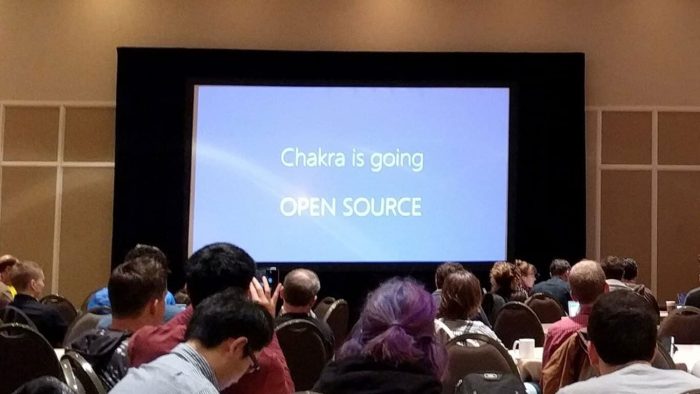Microsoft recognizes value of Node.js to Windows 10 IoT developers, reaches new milestone
2 min. read
Published on
Read our disclosure page to find out how can you help Windows Report sustain the editorial team Read more

Microsoft recently open-sourced their ChakraCore JavaScript engine for the Edge browser, making it available in GitHub for developers to dig into. At the same time, Microsoft continues to push their Windows 10 IoT platform for Raspberry Pi devices, sensors, appliances, and other things. Today, the Windows team pushed out a blog post that provides some details on how Node.js is bringing it all together.
Essentially, Microsoft recognizes the value of Node.js to IoT developers and the maker community, and has been actively updating Node.js Windows 10 IoT Core support to enable new applications.
Yesterday, Node.js support for Windows 10 IoT Core reached a new major milestone. The Chakra team submitted a Pull Request(PR) to mainline Node.js using the recently open sourced ChakraCore JavaScript engine. Once accepted, this PR will allow us to move at the speed of Node.js while accomplishing two goals. First, growing organically based on community feedback and, second, bringing innovation faster to the developers on Windows 10 IoT Core. As per our roadmap, detailed in this blog, the Chakra team will continue to work closely with the community and the Node.js Foundation to improve module compatibility and evaluate Node.js performance.
Today, Microsoft released version 1.5 of the Node.js Tools for Windows IoT, bringing a number of important enhancements to the toolset. Basically, the console apps development model has been enhanced to better support ChakraCore, and developers can can now use Node.js within the context of the Universal Windows Platform.
If you’re a developer who understands these things and finds this somewhat esoteric blog post of interest, head on over and check out the details. The rest of us will just look forward to all of the nifty Windows IoT applications that you come up with.








